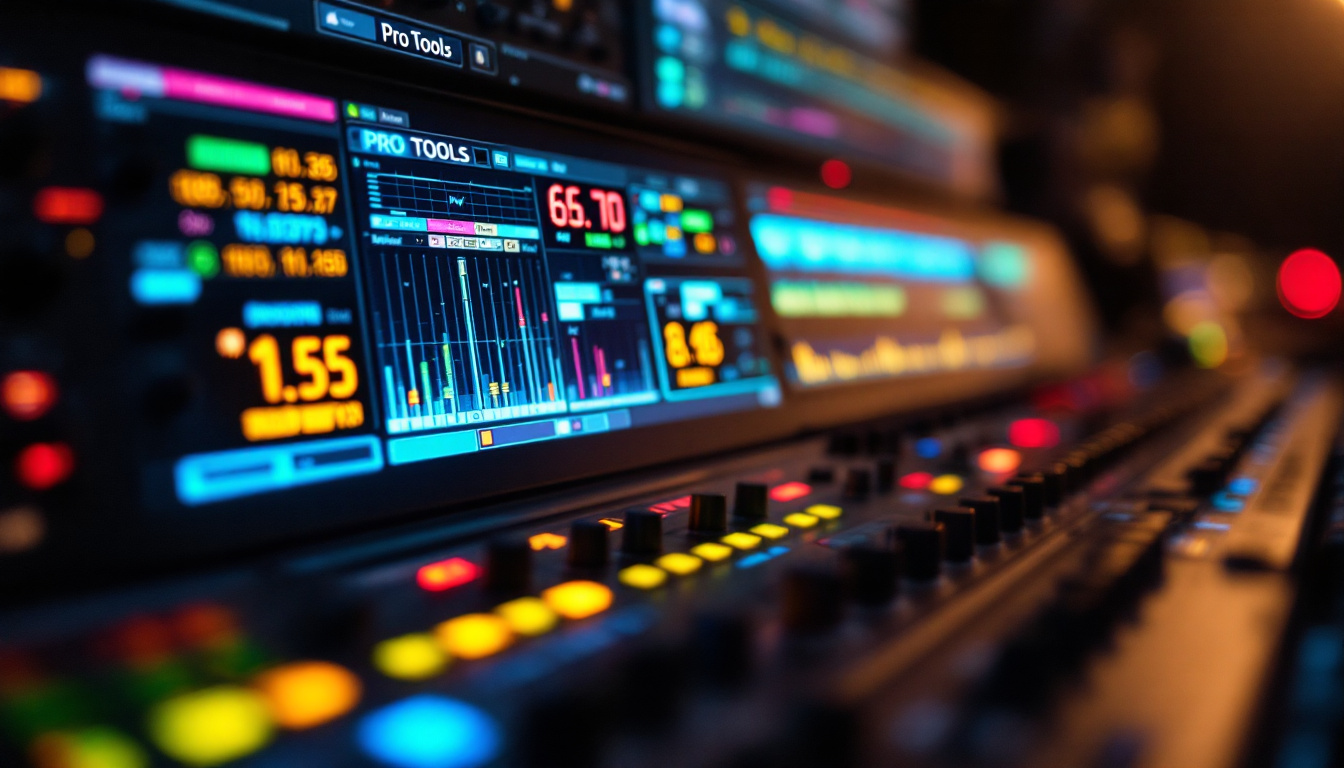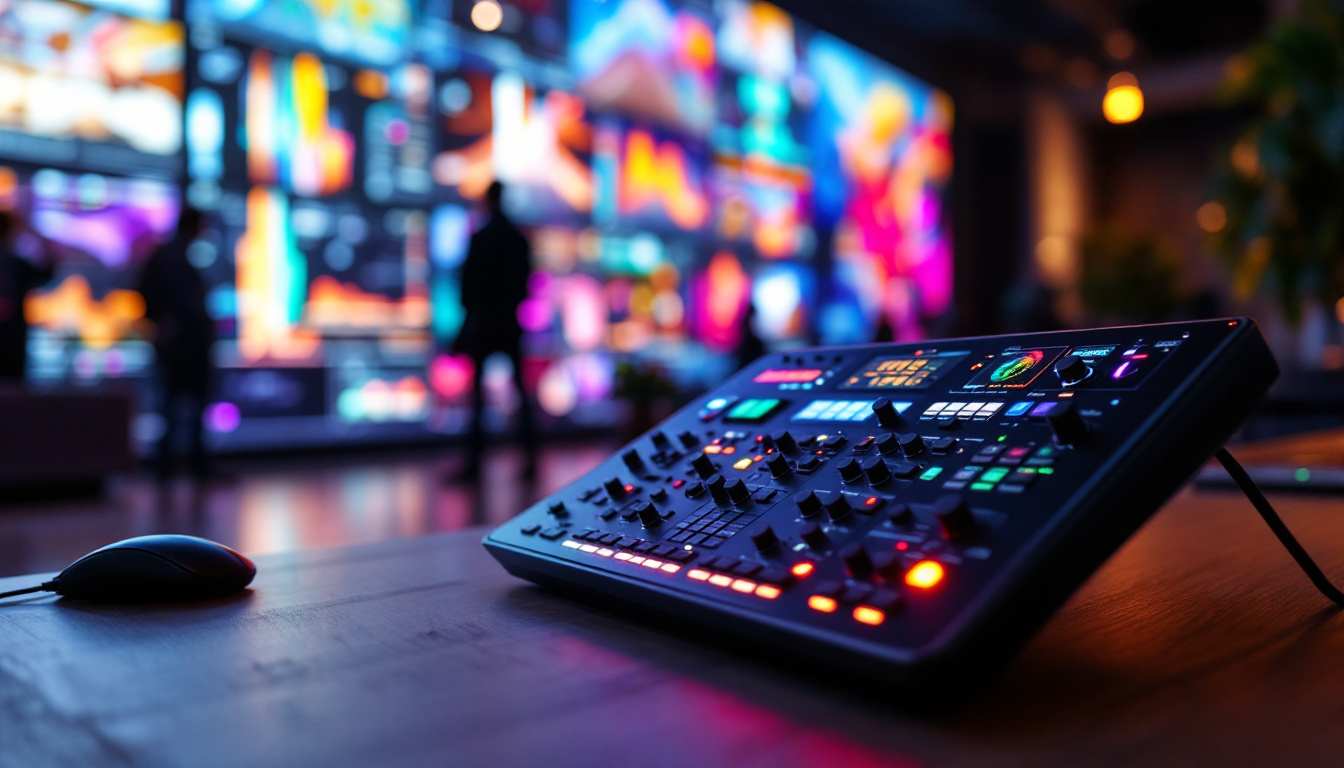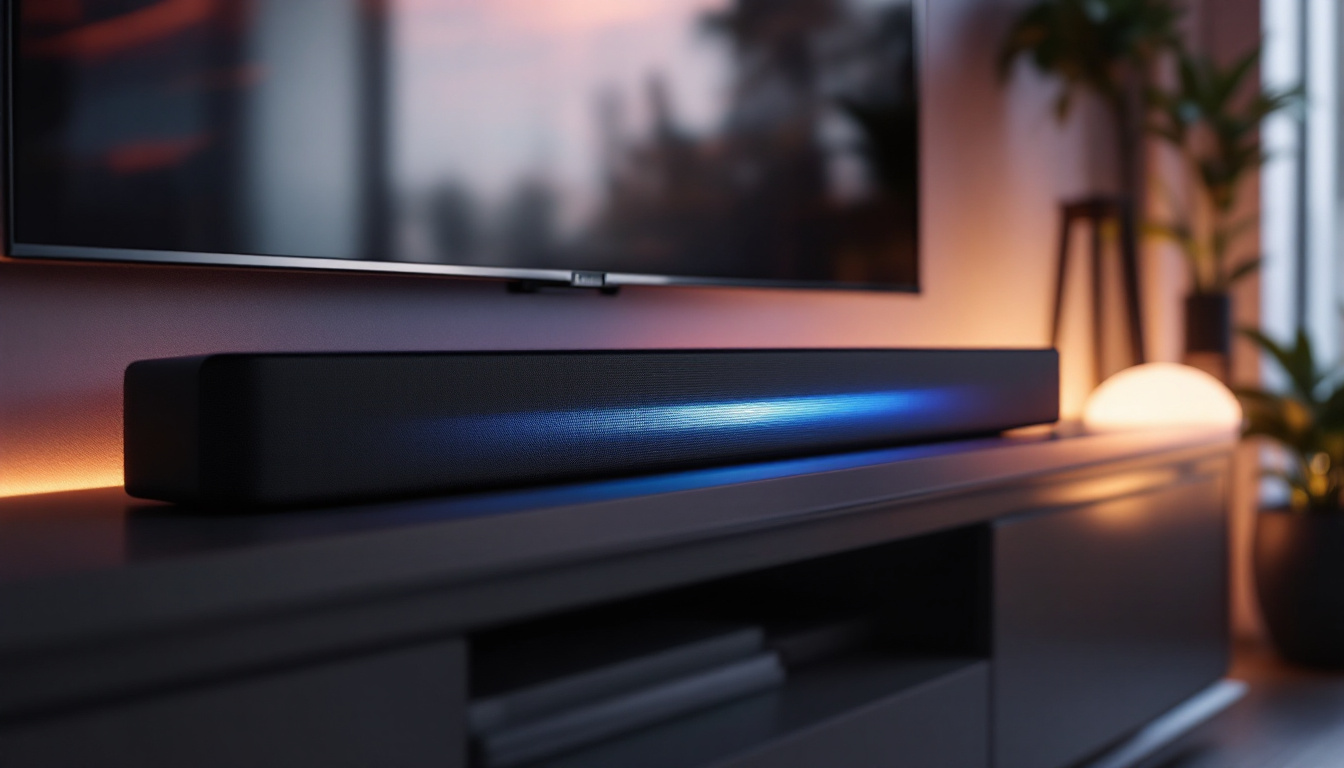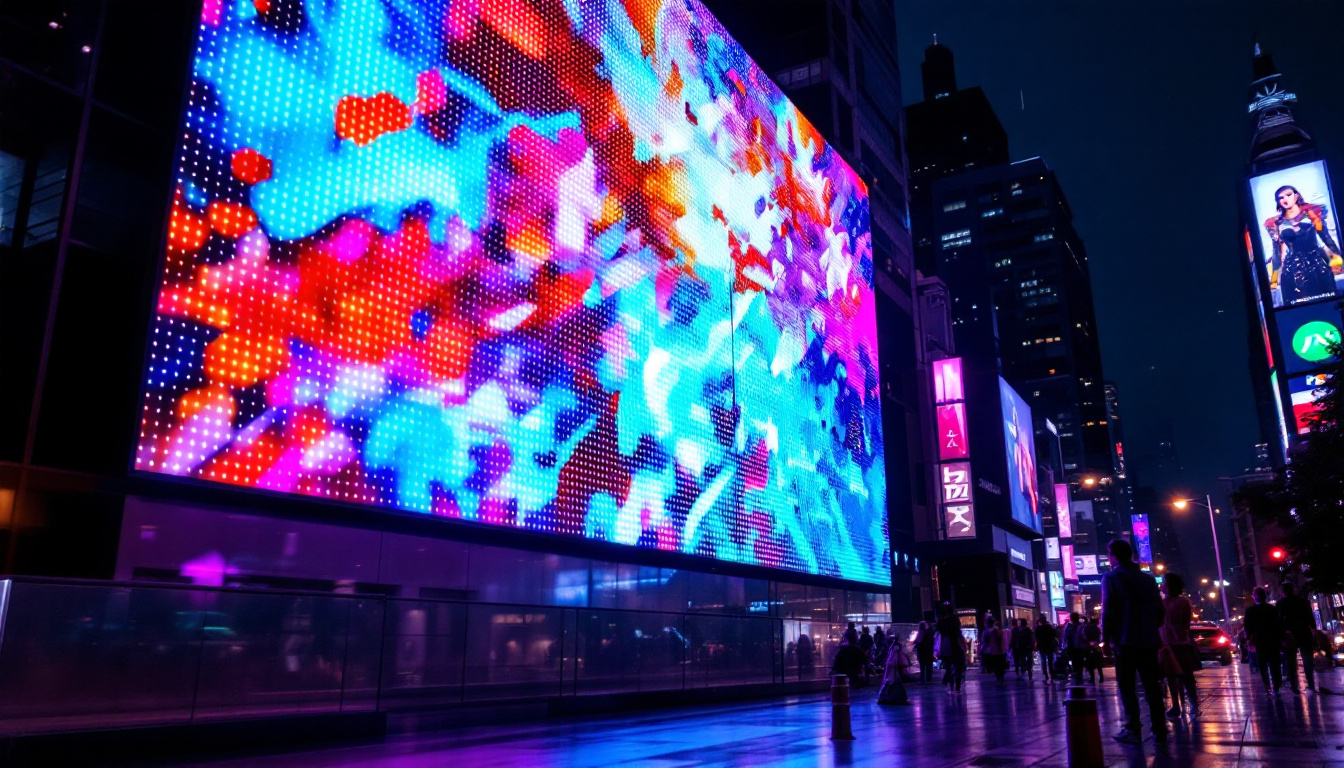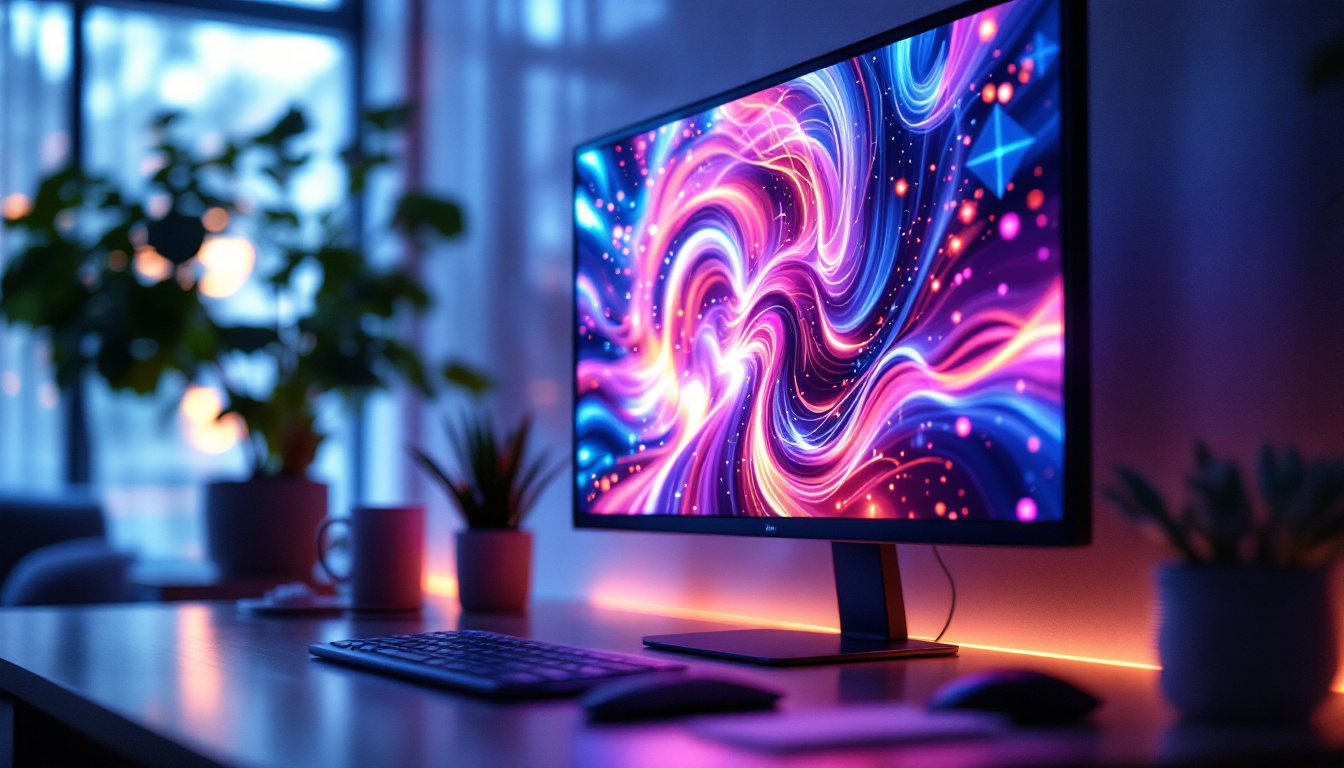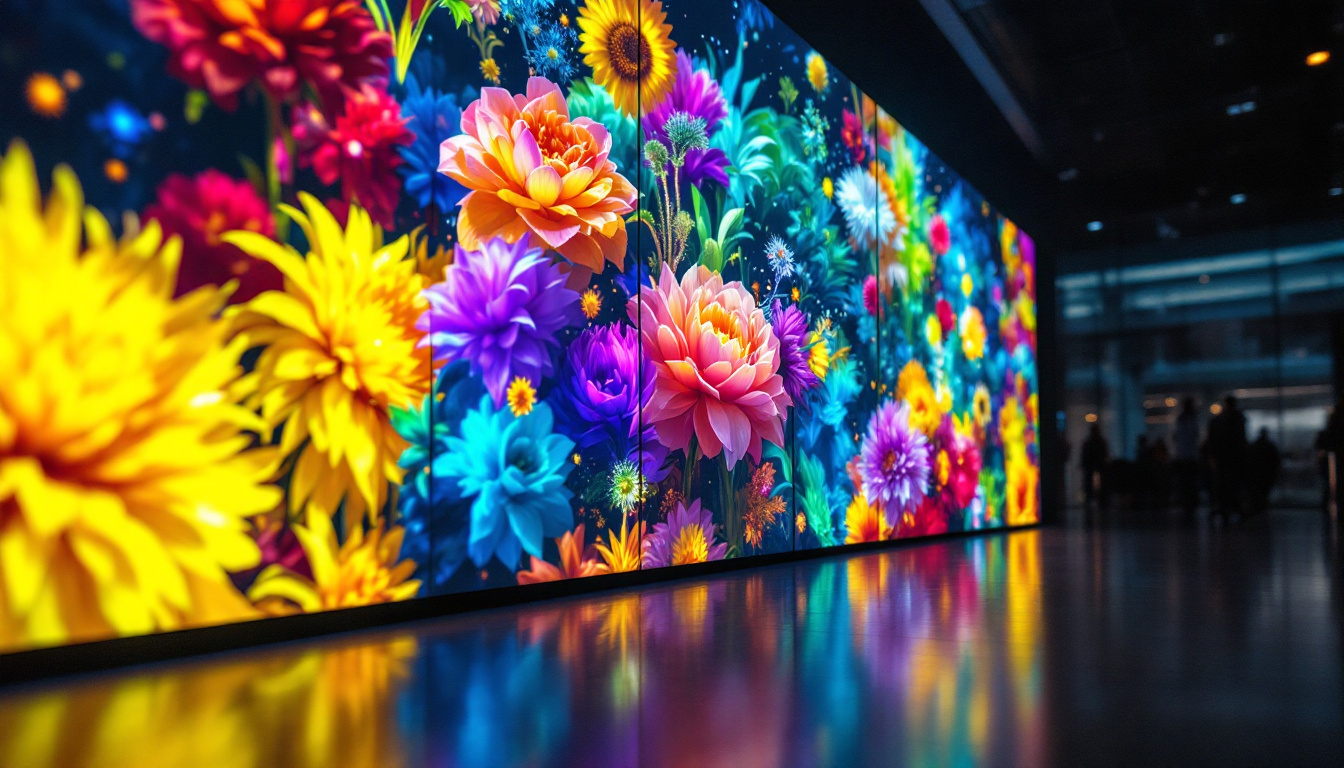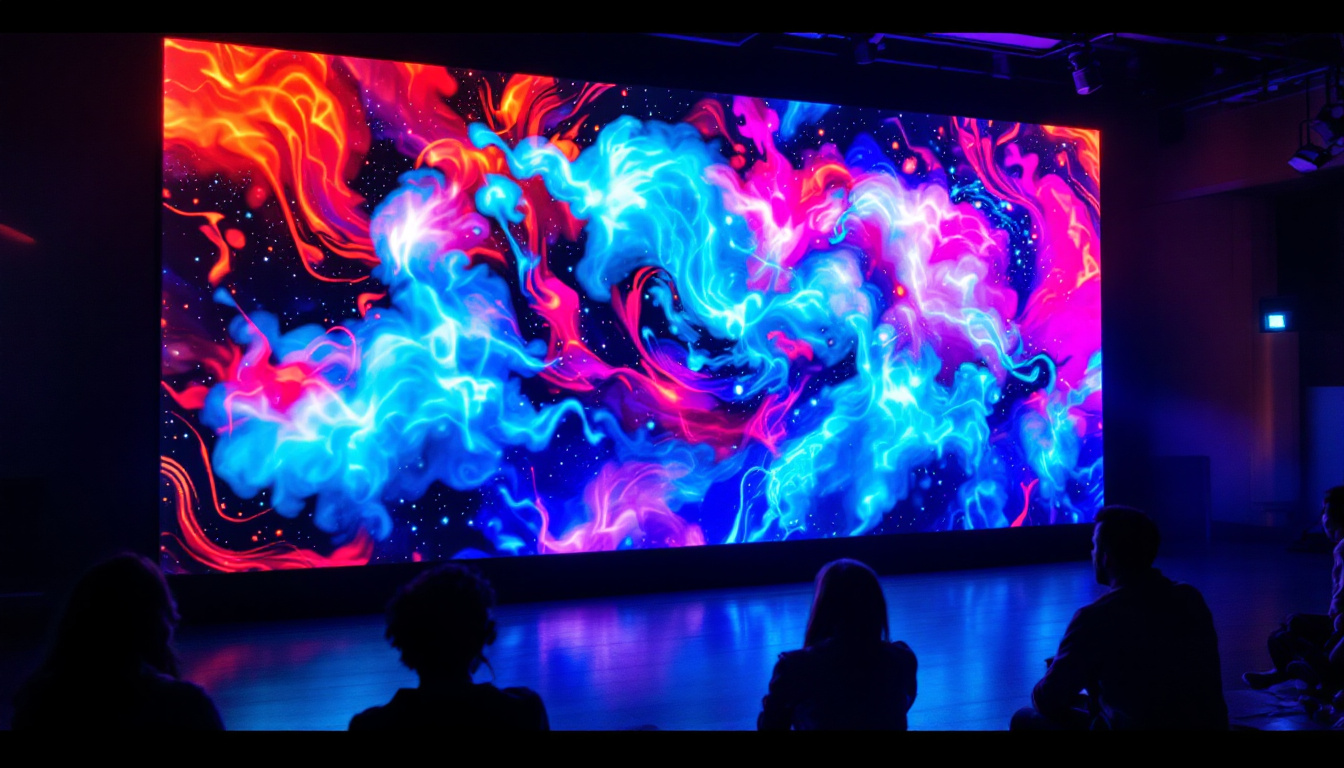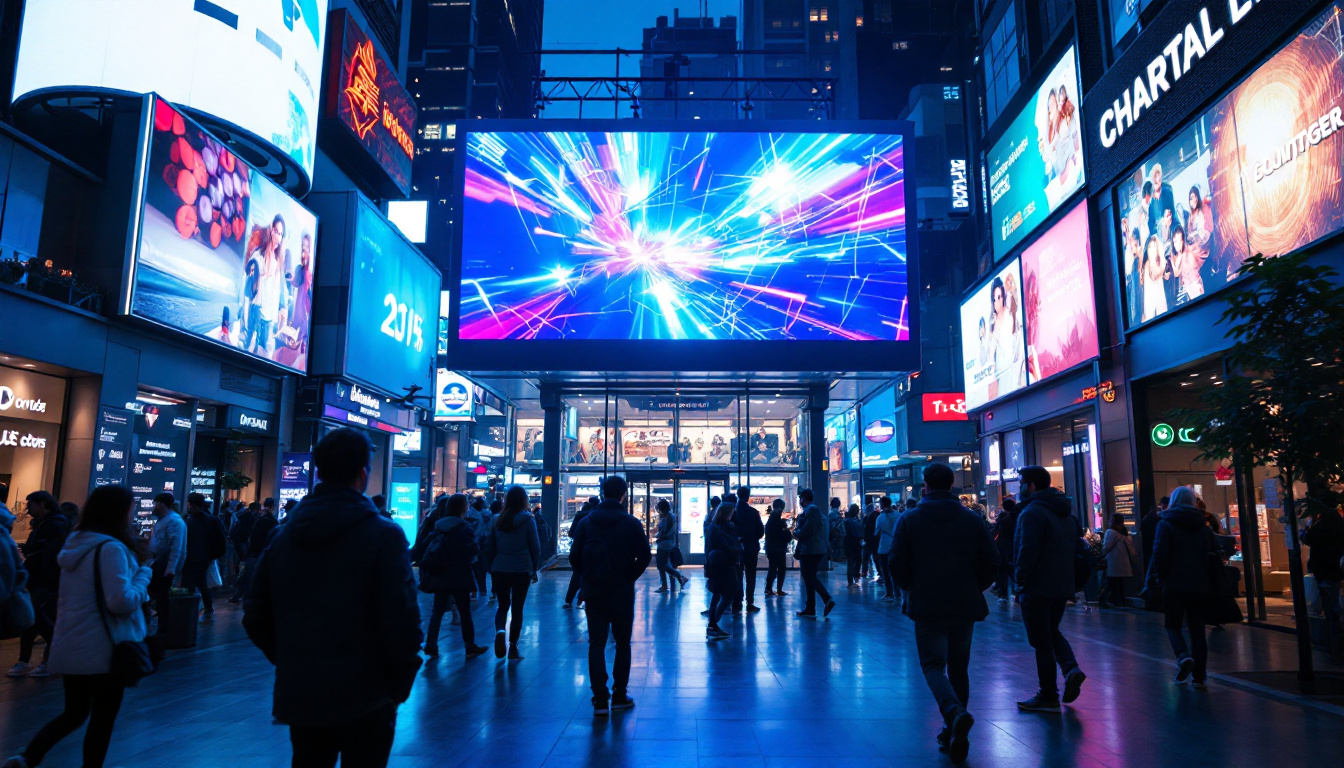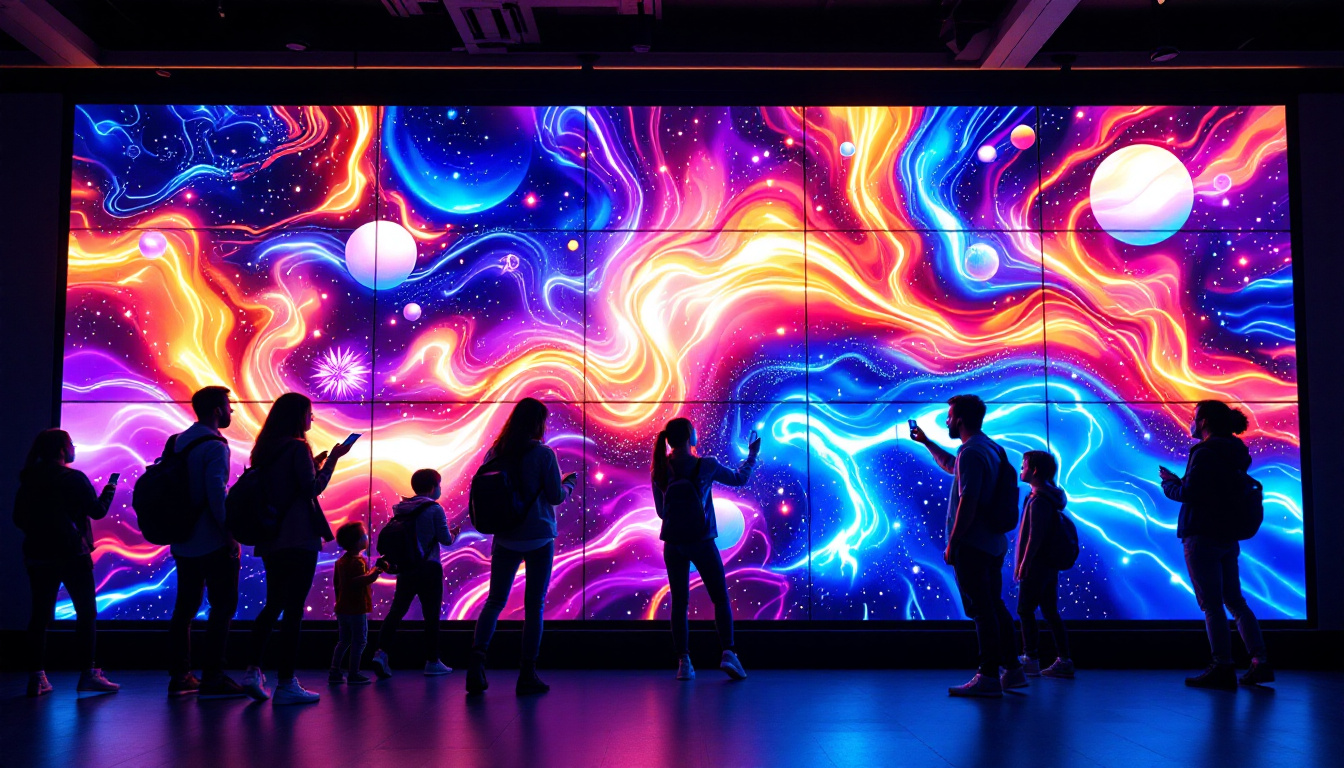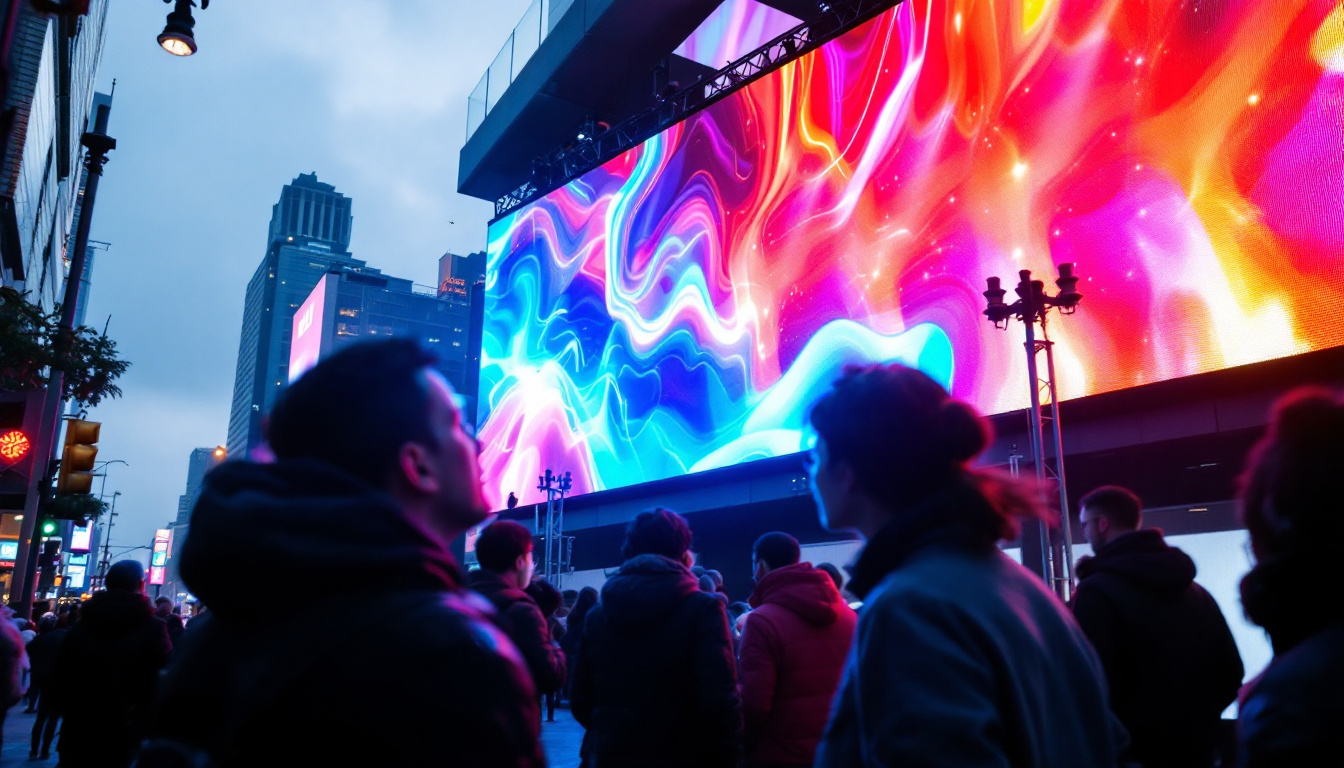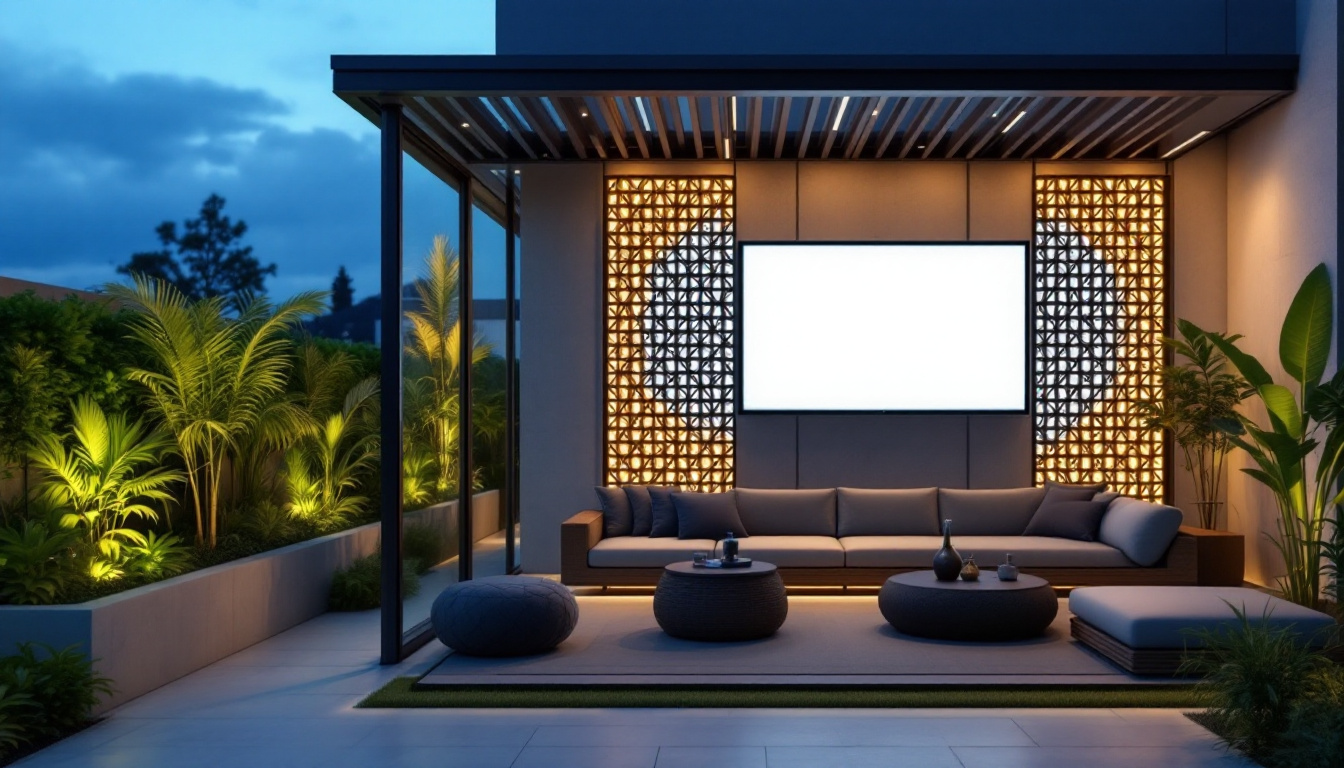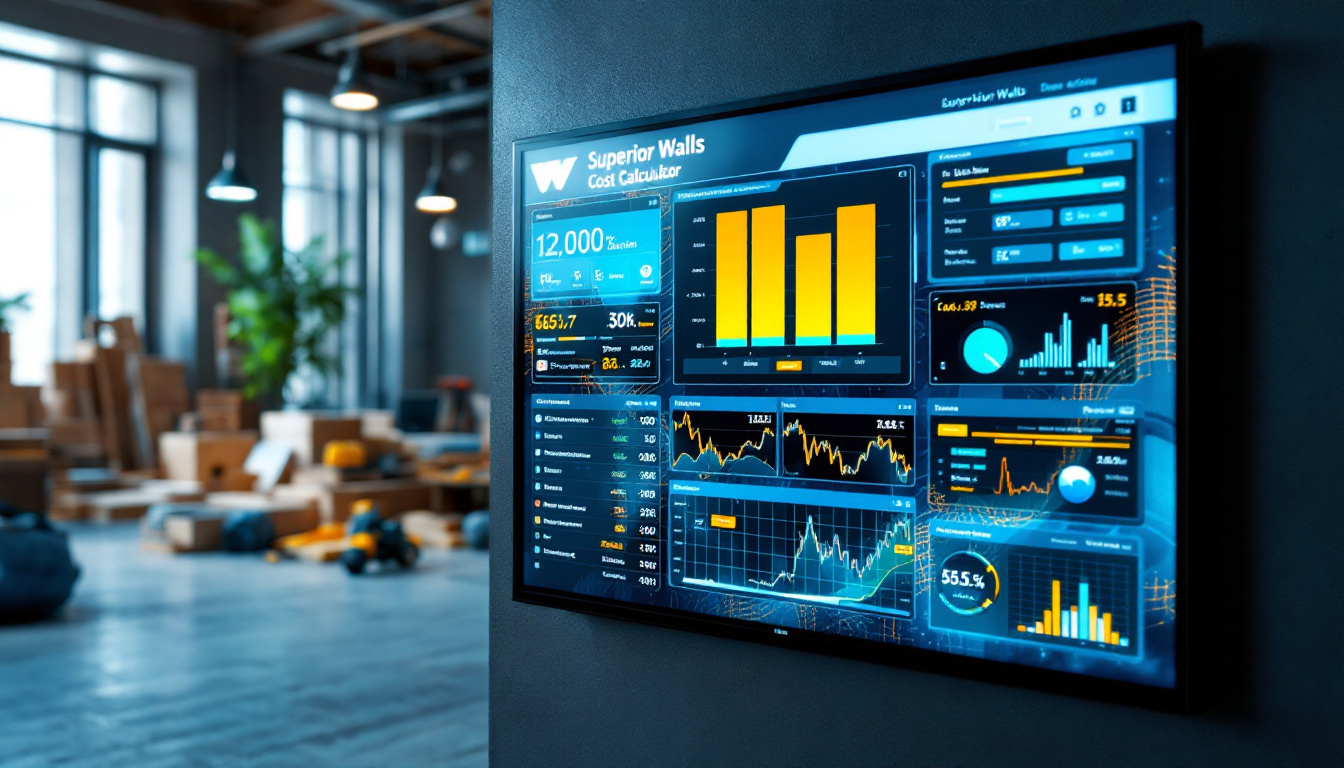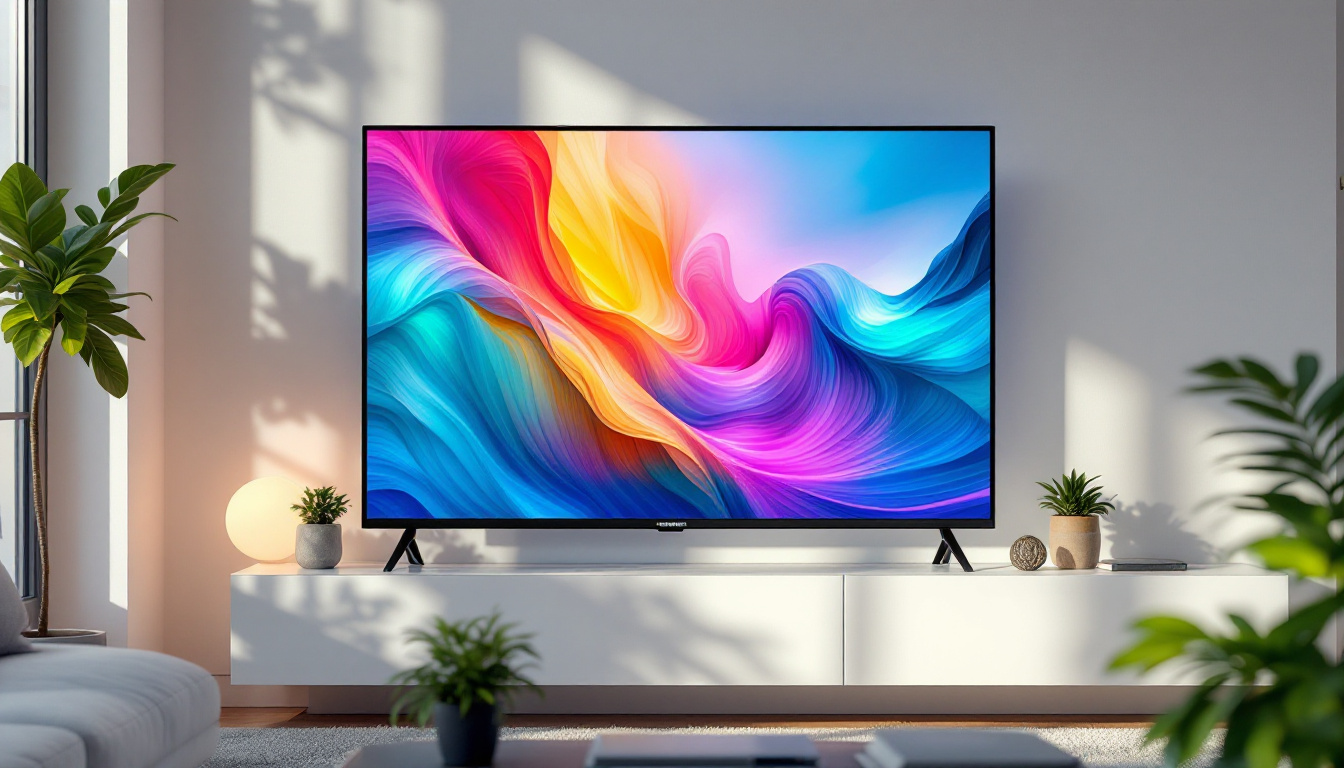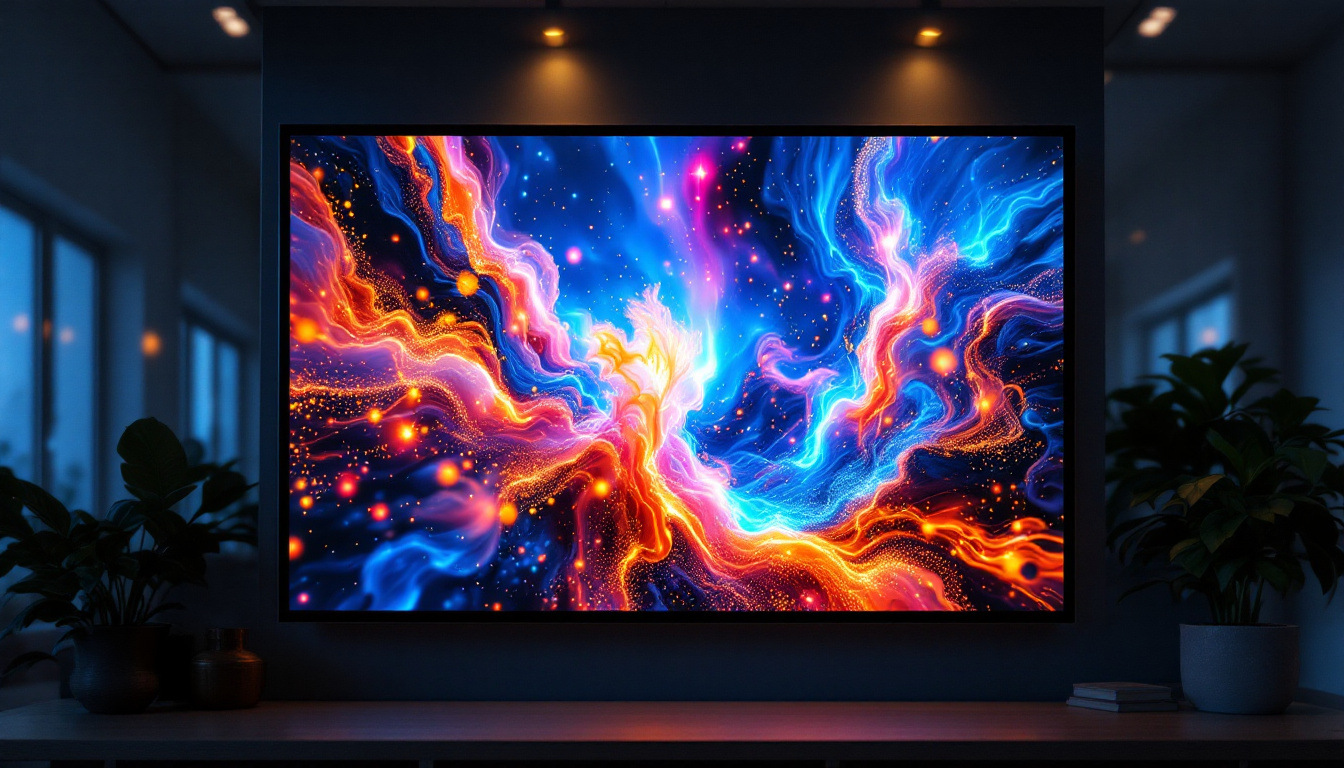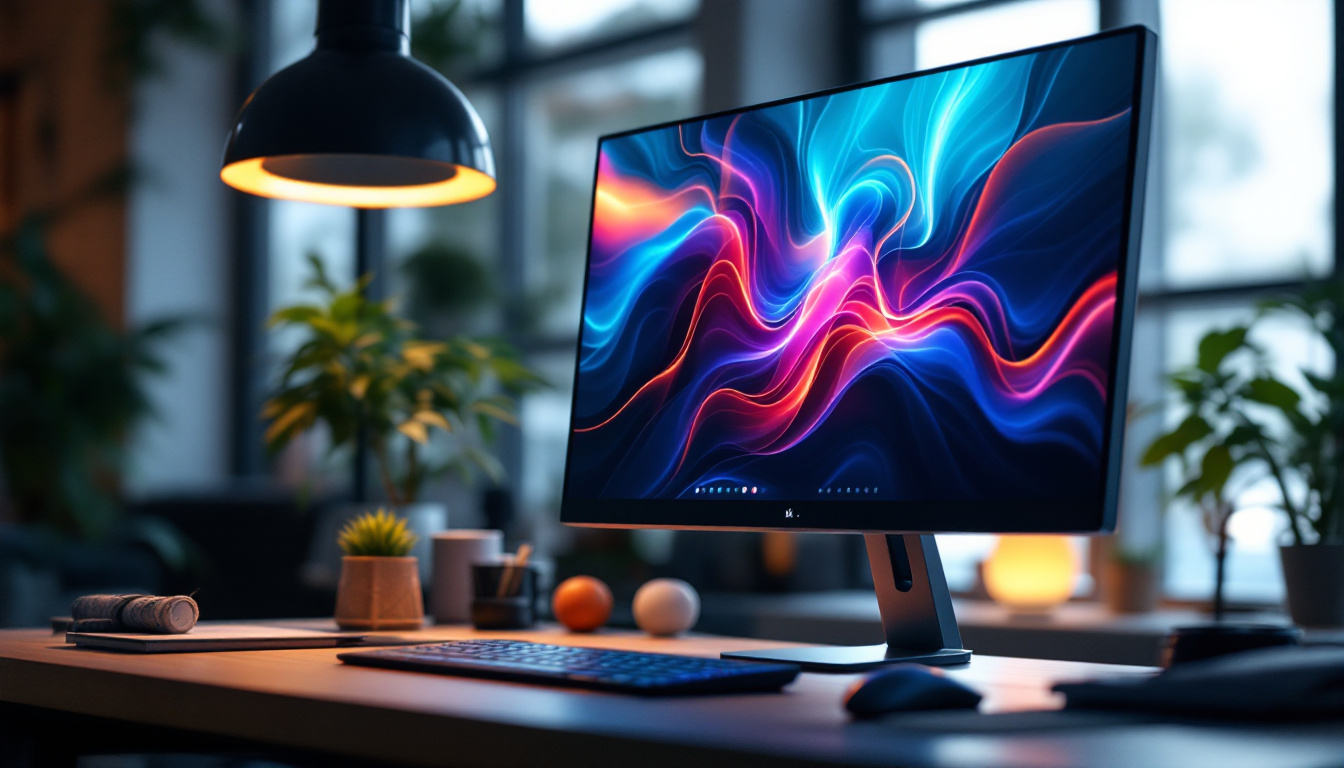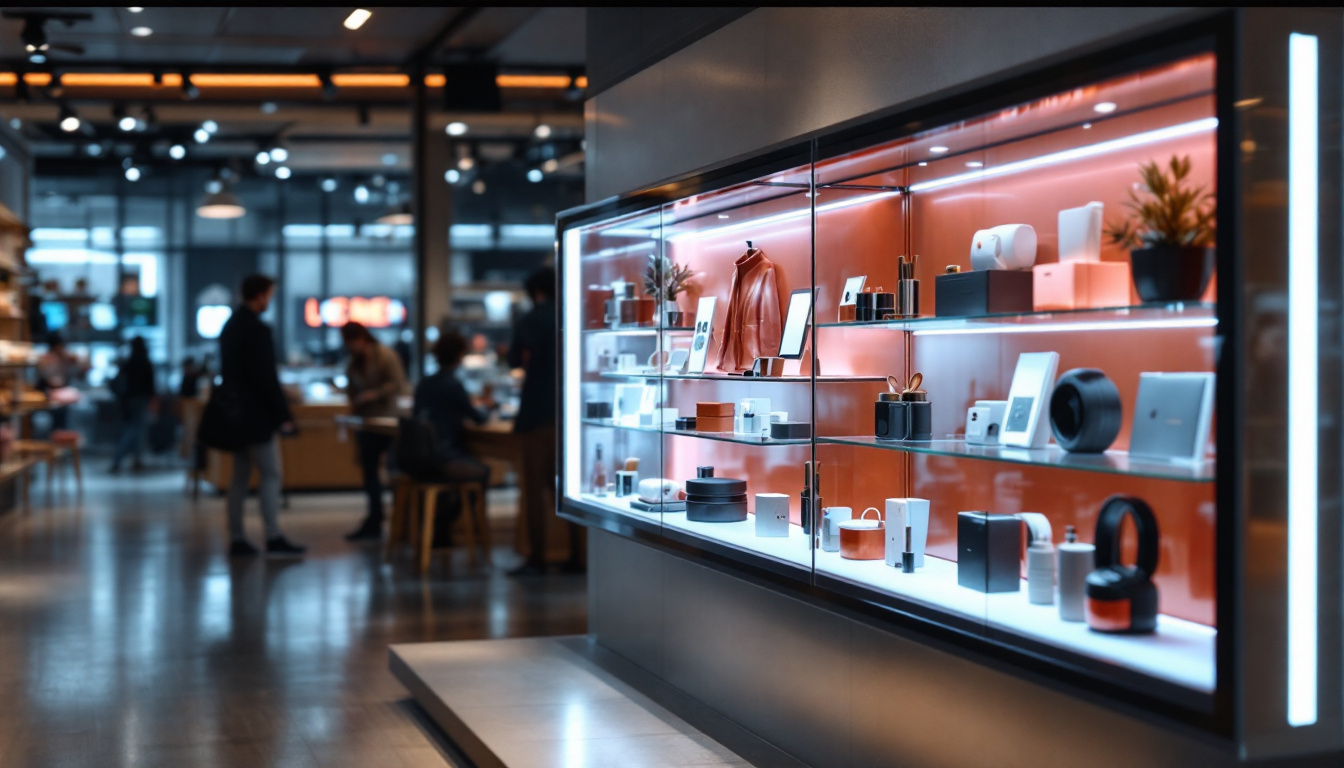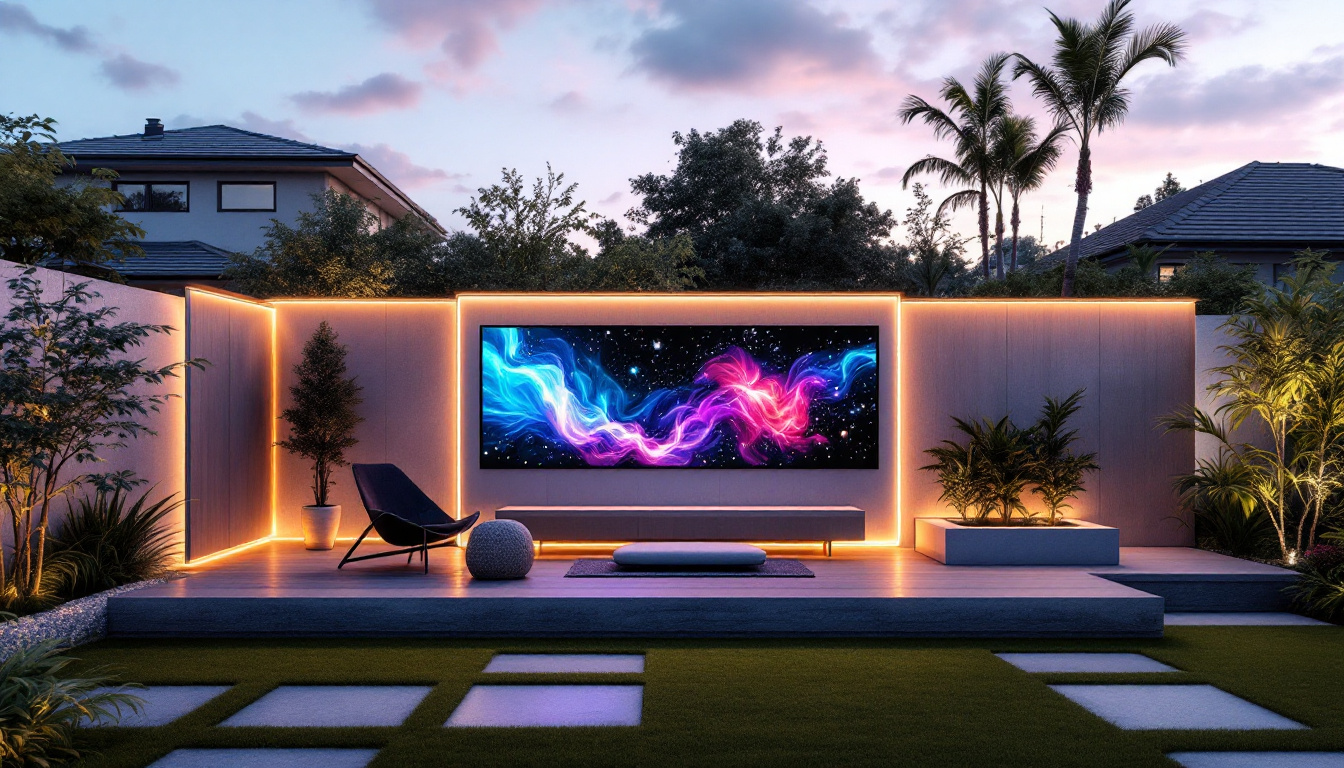The digital audio workstation (DAW) landscape has evolved significantly over the years, with Pro Tools standing out as a leading choice for audio professionals. Among the many features that make Pro Tools a powerful tool, the LED display plays a crucial role in enhancing workflow and providing essential information at a glance. This article delves into the intricacies of the LED display in Pro Tools, exploring its functionalities, advantages, and best practices for optimal use.
Understanding the LED Display
The LED display in Pro Tools serves as a visual interface that conveys vital information about the current state of the session, audio tracks, and various settings. It acts as a real-time feedback mechanism, allowing users to monitor levels, track status, and system performance without needing to navigate through multiple menus or windows.
Key Features of the LED Display
One of the standout features of the LED display is its ability to provide immediate visual feedback on audio levels. Users can easily observe peak levels, ensuring that recordings do not clip and that the mix remains balanced. Additionally, the display often indicates the status of various tracks, such as whether they are armed for recording, muted, or soloed, streamlining the workflow.
Moreover, the LED display can show transport controls, including play, stop, record, and loop functions. This allows users to control playback and recording with ease, enhancing the overall efficiency of the production process. The clarity and responsiveness of the LED display contribute significantly to a smooth user experience. Furthermore, the LED display can also be customized to suit individual preferences, allowing users to choose which parameters are most important for their workflow, thus creating a more personalized and efficient setup.
Types of Information Displayed
The LED display provides a variety of information critical for audio production. For instance, it typically shows the current timecode, which is essential for syncing audio with video or other media. This feature is particularly valuable in film and television post-production, where precise timing is crucial.
Additionally, users can view track names, input/output settings, and even plugin status directly on the LED display. This comprehensive overview helps audio engineers make informed decisions quickly, reducing the time spent navigating through menus. The display can also reflect real-time changes made to effects and processing, allowing for immediate visual confirmation of adjustments. This is especially useful during live sessions or when collaborating with other artists, as it fosters a more dynamic and interactive environment where all participants can stay informed about the current state of the project.
Benefits of Using the LED Display
The integration of an LED display in Pro Tools offers numerous benefits that enhance the overall user experience. From improved visibility to increased efficiency, understanding these advantages can help users maximize their productivity.
Enhanced Visibility
One of the primary benefits of the LED display is its enhanced visibility. The bright, clear indicators allow users to quickly assess the state of their session, even in low-light environments. This feature is particularly beneficial during live recordings or performances, where quick adjustments may be necessary.
Furthermore, the LED display’s color-coded indicators provide an intuitive way to understand track status at a glance. For example, armed tracks may display in one color, while muted tracks appear in another, allowing for quick identification and management of multiple tracks simultaneously. This visual clarity not only aids in maintaining focus during intense sessions but also helps in reducing the cognitive load on the user, enabling them to concentrate more on the creative aspects of their work rather than getting bogged down by technical details.
Moreover, the LED display can be customized to suit individual preferences, allowing users to set their own color schemes or layouts. This personalization enhances the user experience further, as it creates a workspace that feels comfortable and familiar, ultimately leading to a more productive environment.
Increased Efficiency
Efficiency is paramount in any audio production setting, and the LED display contributes significantly to this aspect. By providing real-time feedback and essential information, users can make quicker decisions, reducing the time spent on troubleshooting or navigating through complex menus.
Additionally, the ability to control transport functions directly from the LED display minimizes the need for mouse clicks, allowing for a more streamlined workflow. This efficiency is especially valuable during critical recording sessions where every second counts. The tactile feedback of buttons associated with the LED display also enhances user interaction, making it easier to execute commands swiftly without losing focus on the project at hand.
Furthermore, the LED display can facilitate collaborative efforts in a studio environment. When multiple individuals are working on a project, the clear visual cues provided by the display can help everyone stay on the same page. For instance, a producer can easily see which tracks are active or being edited, allowing for more effective communication and coordination among team members. This collaborative efficiency can lead to a more harmonious workflow, ultimately resulting in a higher quality of output.
Best Practices for Utilizing the LED Display
To fully leverage the capabilities of the LED display in Pro Tools, users should adopt certain best practices. These practices can help ensure that the information displayed is utilized effectively, leading to a more productive session. By understanding the features and functionalities of the LED display, users can maximize their workflow and focus on the creative aspects of audio production.
Regular Calibration and Maintenance
Maintaining the accuracy of the LED display is essential for reliable performance. Regular calibration ensures that the levels displayed correspond accurately to the actual audio levels. Users should periodically check the settings and adjust them as necessary to maintain optimal performance. This not only helps in achieving precise audio mixing but also prevents potential issues that may arise from inaccurate readings, such as distortion or imbalance in sound levels.
Additionally, keeping the display clean and free from obstructions will enhance visibility. Dust and grime can accumulate over time, potentially obscuring important information. A simple cleaning routine can help maintain clarity and functionality. It is advisable to use a microfiber cloth and a gentle cleaning solution to avoid damaging the screen. Furthermore, users should be mindful of their workspace organization, as clutter can distract from the visual cues provided by the LED display, impacting overall workflow efficiency.
Customizing Display Settings
Pro Tools offers various customization options for the LED display, allowing users to tailor the information presented according to their preferences. Customizing display settings can enhance usability and ensure that the most relevant information is readily accessible. By taking advantage of these options, users can create a more intuitive interface that aligns with their specific production needs.
For example, users can choose to display specific track information or adjust the color coding to suit their workflow. This level of personalization not only aids in quick navigation but also helps in identifying critical elements at a glance, which can be particularly beneficial during complex sessions. Additionally, users might consider implementing different layouts for various types of projects, enabling them to switch seamlessly between different workflows while retaining a sense of familiarity and control. Taking the time to customize these settings can significantly improve the efficiency of the audio production process, allowing for a more focused and creative environment.
Common Issues and Troubleshooting
Like any technology, the LED display in Pro Tools may encounter issues from time to time. Understanding common problems and their solutions can help users address these challenges quickly and effectively.
Display Not Responding
One common issue users may face is the LED display not responding as expected. This can be caused by various factors, including software glitches or hardware malfunctions. Restarting Pro Tools or resetting the hardware may resolve the issue in many cases.
If the problem persists, checking for software updates or reinstalling the application may be necessary. Keeping the software up to date ensures that users have access to the latest features and bug fixes, which can enhance overall performance. Additionally, users should ensure that their hardware connections are secure; loose cables or faulty connections can often lead to display issues. It’s also advisable to consult the user manual for specific troubleshooting steps related to the hardware being used, as different models may have unique quirks that require tailored solutions.
Inaccurate Level Readings
Another issue that may arise is inaccurate level readings on the LED display. This can lead to confusion and potential recording problems. Users should first check their input settings to ensure that the correct levels are being monitored.
If inaccuracies continue, recalibrating the display settings may be necessary. Regular maintenance and calibration can prevent these issues from occurring and ensure reliable performance during critical sessions. Furthermore, users can benefit from utilizing external metering tools to cross-reference the levels displayed on the LED screen. This not only helps in identifying discrepancies but also aids in developing a more nuanced understanding of audio levels, which is crucial for achieving professional-quality recordings. Engaging in routine checks and employing additional monitoring techniques can significantly enhance the overall recording experience and mitigate the risk of errors during mixing and mastering processes.
Conclusion
The LED display in Pro Tools is an invaluable component that enhances the overall user experience. By providing real-time feedback and essential information, it enables audio professionals to work more efficiently and effectively. Understanding its features, benefits, and best practices can help users maximize their productivity and achieve their creative goals.
As the audio production landscape continues to evolve, the importance of intuitive interfaces like the LED display will only grow. Embracing these tools and understanding their functionalities will empower users to navigate the complexities of audio production with confidence and ease.
In summary, the LED display is not just a feature; it is a vital tool that can significantly impact the success of audio projects. By leveraging its capabilities and addressing common issues, users can ensure a smooth and productive workflow in Pro Tools.
Enhance Your Audio Production with LumenMatrix
Ready to elevate your studio setup and take your audio production to the next level? Discover the innovative LED display solutions from LumenMatrix, designed to bring your creative vision to life. With our range of Indoor and Outdoor LED Wall Displays, Vehicle LED Displays, and more, you can create an immersive environment that complements the precision and power of Pro Tools. Experience the future of visual communication with LumenMatrix and transform the way you engage with your audience. Check out LumenMatrix LED Display Solutions today and see the difference cutting-edge technology can make.

